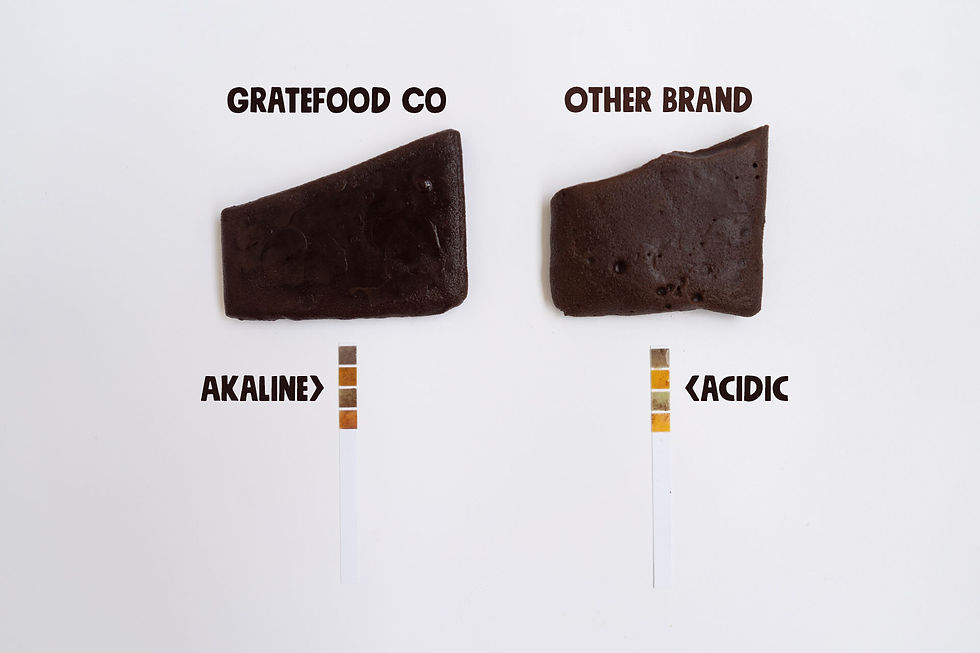Acai Berry
With any popular ingredients or food, market will be quick to launch all kinds of products associated to its name to cash in on the market potential but unlike the more common food we grown up with, Acai hails from the Amazon forest in Brazil and though it has grown much in name in the region over the years, most people still do not have a good understanding of its origins, benefits and its forms. Not all Acai is the same

Some of you might be familiar with the different forms of Acai from the purest in the form of Pure Organic Acai Berry Pulp, followed by Acai powder all the way to your processed food variety like Ready to Eat Acai Berry and softserve with added sugar, Guarana syrup (some people are allergic to it), stabilisers, guar gum and its varieties, but even for Pure Organic Acai Berry Pulp, there’s differences between different offerings. We have customers ask us before at different events and farmer’s markets so we thought we can share some insights about the differences and how to choose your Acai. Color

Acai is most known for its Antioxidant properties (*almost 15 times the antioxidant to blueberry gram for gram) and it’s deep purple is a reflection of its antioxidant potency hence good quality Acai and the freshest (pulped as soon as it’s harvested within the same day) Acai is very intense in its purple. Try blending Acai to other colour food and chances are it’s purple will be the dominant colour of the mix. Look at the color of the Acai you are buying to see the intensity of its purple. PH level (Acid/Alkaline)

Pure Acai is Neutral/Alkaline with its PH level. It’s PH level will sway towards Acidity if citric acid or other additives are added. Acai is highly perishable upon harvest hence depending on the distance of the processing plant and other factors, some Acai could have taken a much longer time and distance before it’s pulped, so in order to preserve the Acai, citric acid is added hence affecting the PH level of the Acai. Oil

Unknown to most people, Acai is actually very rich in healthy fats (omegas 3/6/9) and gram for gram it actually contains almost the same amount of healthy fats as Avocado (yeah we know, everyone only knows about Avocado as the only healthy fat fruit) Hence after pouring out your pulp from the wrapper, you can actually feel the oil from the wrapper. Sometimes you might experience a bit of yellowish substance within the pack and it might look like as if it’s spoilt, it’s actually the healthy fats as we do not add any artificial additives or emulsifiers to force the fats to stay bonded (We keep it all natural!) Sugar/Sweetener

Even for Acai pulp, there’s Pure Unsweetened and Sweetened with Guarana variety. Pure Acai is NOT SWEET AT ALL as it has ZERO sugar (perfect food for diabetics with its intense antioxidant and zero sugar). Guarana is a common fruit in Brazil, it is very high in caffeine ( ~ 2 to 3 times the concentration of caffeine found in coffee seeds) and it’s a popular ingredient processed into sweetener and syrup and used in energy drinks. However there are people who have caffeine allergy so if you are someone allergic to caffeine and if you are eating Acai for health reason, you should not be choosing Acai sweetened with Guarana syrup, why ruin such a healthy food with processed sugar and sweetener where most people already take in lots of processed sugar daily in their diet.
Look at the packaging and see if it’s Pure Unsweetened or Sweetened with Guarana. Taste/Smell This will be harder for someone who has not tasted Acai in the Amazon forest to gauge but Acai has somewhat earthly/chocolatety (some say reminds you a bit of Hawthorn) taste profile. Pure Acai without the addition of citric acid should not taste sour and has a light berry fragrance and aftertaste. As most people are not familiar with the pure taste of Acai, people often thought the Acai taste is stronger in a Sweetened with Guarana Acai pulp, the “stronger Acai taste” is actually from the Guarana, so you need to do a taste comparison by comparing Pure Unsweetened with Pure Unsweetened. You will not be able to taste the difference when everything is blended into an Acai bowl and smoothie etc, the best way to do the taste test is to taste the raw pulp on its own. Bite a small chunk of the pulp and taste it in your mouth to realise the difference. Pasteurized vs Raw Pasteurization is a common food safety procedure for most foods and it uses flash heat to remove any thermo-sensitive bacteria (though fruits should be pretty safe) so we recommend it for young children above the age of 2, expectant mothers and seniors. The argument against pasteurization is that the process might remove a bit of micro-nutrients (Food labels only required to indicate/test for general NI) along the process whereas Raw is how the Brazilians in the Amazon forest have been consuming their Açaí for decades. Recommended for raw vegans, health and fitness-conscious adults who wish to reap the raw power of the Acai, and anyone who prefers to use raw ingredients. We ourselves eat between both =) Conclusion

Left blue box: Pasteurized, Right green box: Raw
These are a few ways to help you gauge the quality of the Acai you are buying. Enjoy your Antioxidant boost daily with the various quick and easy recipes here.
Here’s where you can buy Acai in Singapore, we have regulars who take Acai on a daily basis and order direct from us in cartons with a discount and free doorstep delivery, if you are interested, drop us a message here.
*Base on ORAC of fruits by USDA
Comments